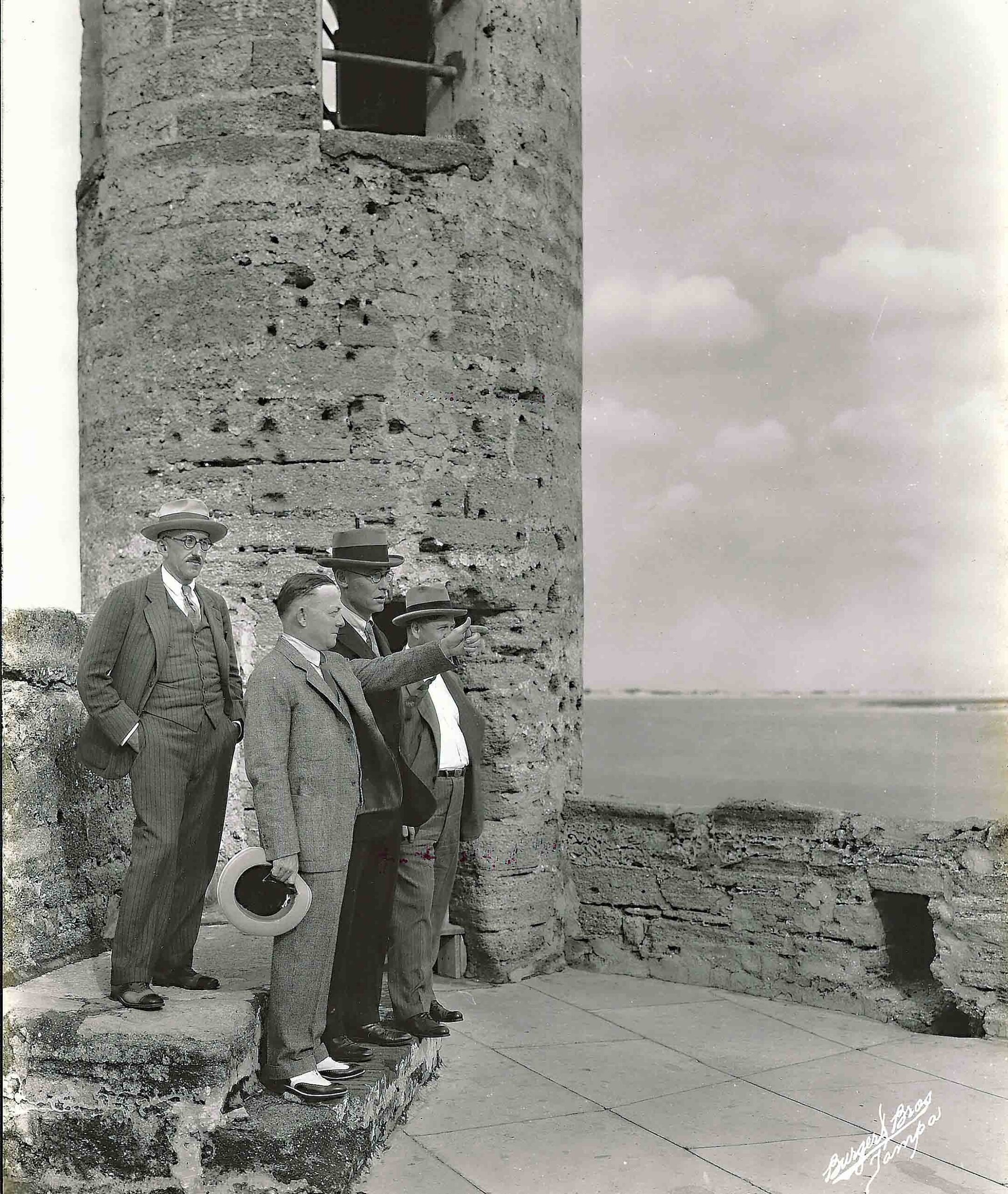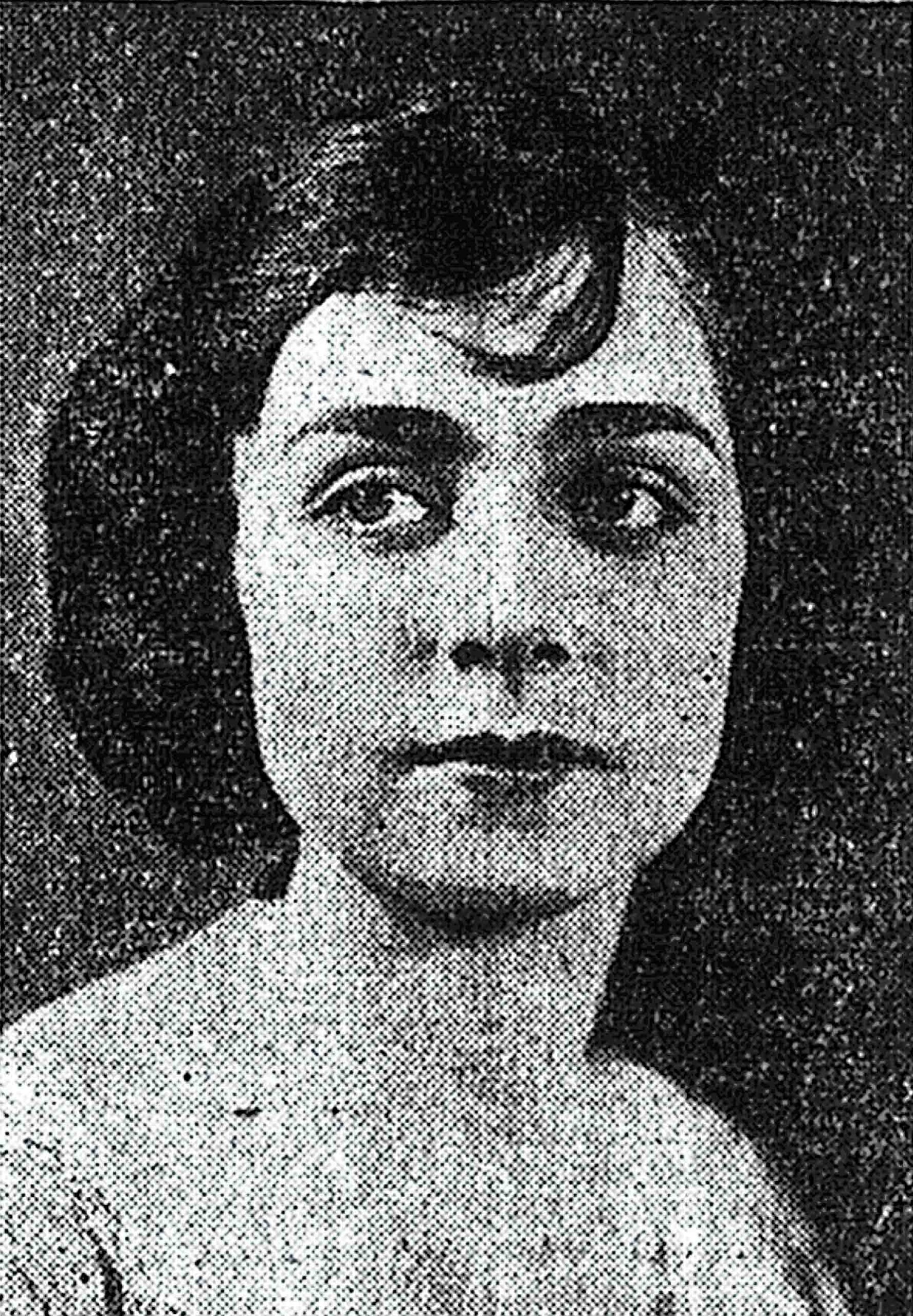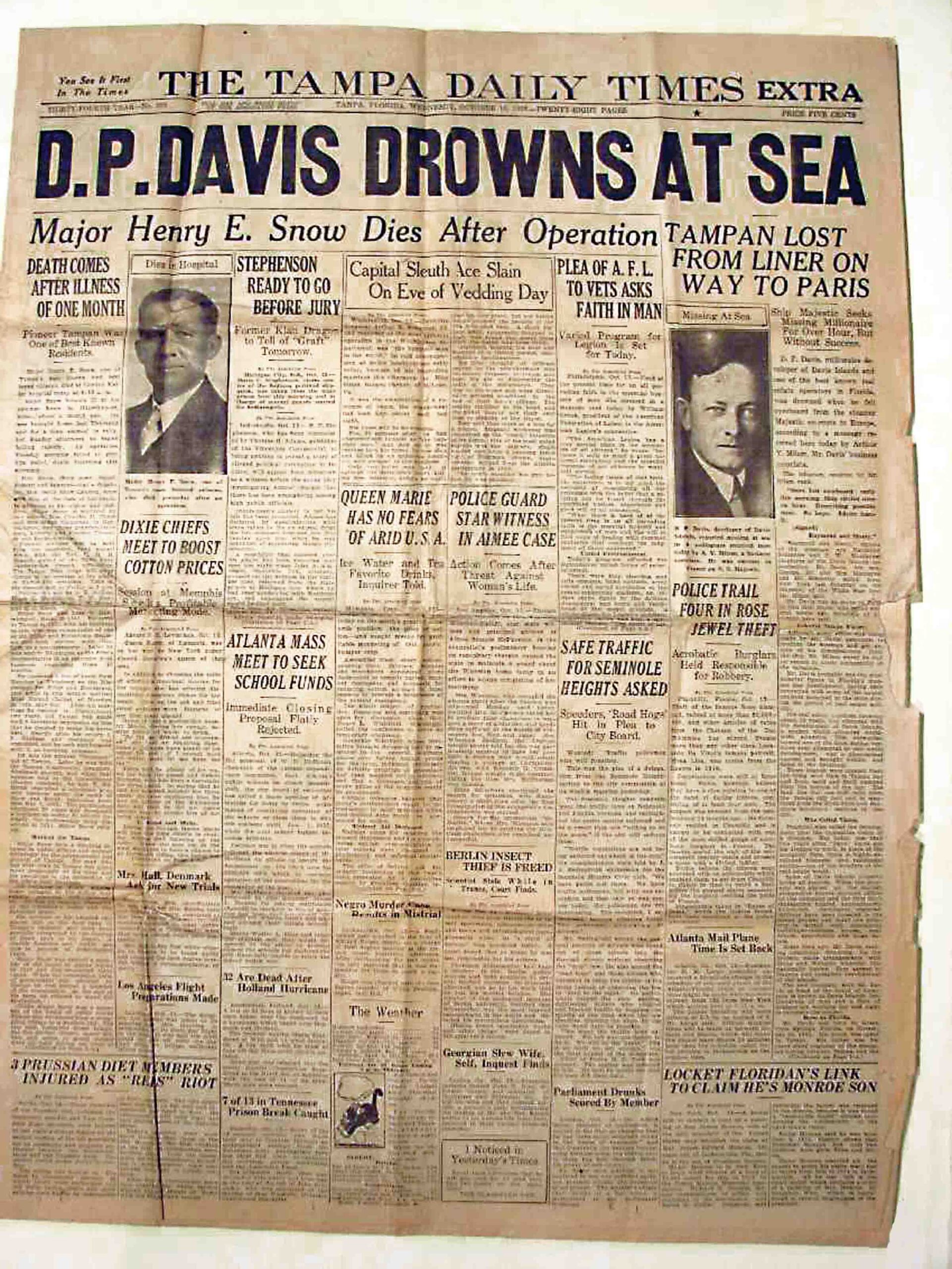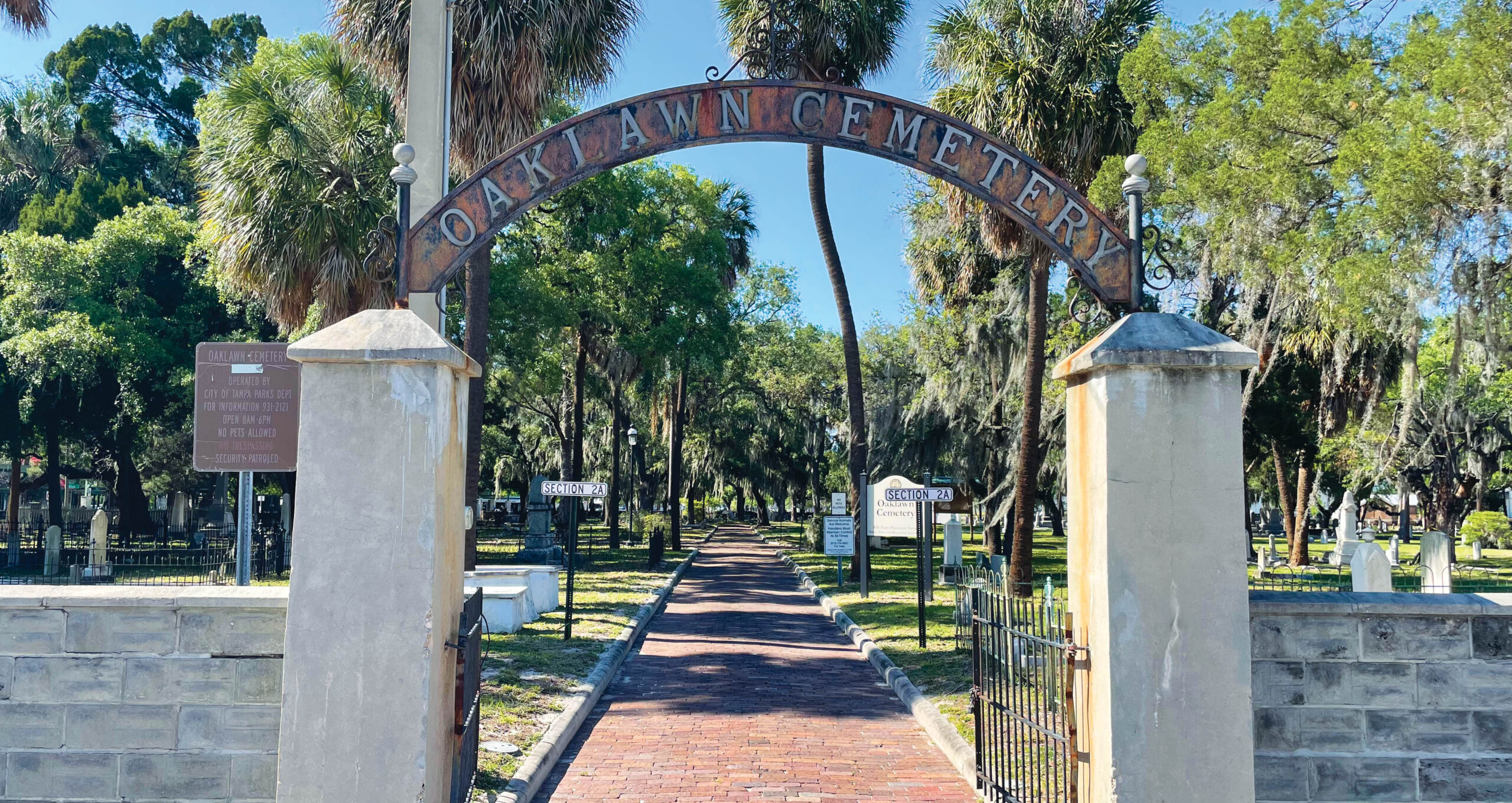I’m not generally one who likes ghost stories. It’s not that I am scared of ghosts – I just don’t believe in them. However, I do love to talk about cemeteries and the people who reside within them. Not to be salacious but as a way of looking at our history. I also love a good mystery, and Tampa has a number of them to scratch that investigative itch. I present below one of each – the history of one of Tampa’s earliest and most important cemeteries and the mysterious death of one of the city’s most influential and extravagant developers.
Oaklawn Cemetery was carved out of the wilderness at the northernmost part of the Village of Tampa. It’s the final resting place for a former Florida governor, several former mayors, veterans of eight wars, tenant farmers, enslaved people, Yellow Fever victims and everyone in between.
Two modern stones mark burials from the cemetery’s first year in 1850. One is for Jose “El Indio” Perfino, who was hanged – likely at the hands of angry or vengeful townspeople. The other marks the final resting place for Captain Hubbard, who met a more anonymous, if not glorious, end. His body, according to the modern headstone, was found in the woods on June 18, 1850. Both Perfino and Hubbard are identified as “Cuban pirates.”

Davis Islands developer David Paul Davis isn’t among those buried at Oaklawn Cemetery. Though he has family buried at Woodlawn Cemetery, the circumstances surrounding Davis’s death meant there was no body to be buried.
In October 1926, Davis booked passage aboard the Majestic for a European trip. His life, both professional and personal, had taken severe hits over the past few months. He sold his interest in Davis Islands, Davis Shores in St. Augustine was proceeding very slowly, and his marriage to Elizabeth Nelson was falling apart. Nelson had fled to France and Davis was headed her way.
Stories of Davis’s death always include some element of mystery. The only undisputed facts are that he was reported to have gone overboard and drowned while en route to Europe aboard the large ocean liner. What’s in question is how he ended up in the water.

Victory National Life Insurance Company sold Davis a $300,000 policy a few months before his death and, since his body wasn’t recovered, some felt he faked his death. The company hired an investigator who determined Davis had accidentally fallen overboard.
Another theory comes from a steward who stood outside Davis’s room and overheard an argument between Davis and his girlfriend, Lucille Zehring. The Majestic employee claimed Davis said, “I can go on living or end it. I can make money or spend it. It all depends on you.” A statement punctuated by a loud splash.
Davis’ brother Milton added that David intended to divorce Elizabeth and marry Lucille. “Lucille said there had been a party and D. P. was sitting in an open porthole, one of those big ones. It was storming outside, and he blew out the window. She said she started to scream and grab his leg, but it was blown out of her hands. That’s what happened.”

Suicide was another possibility. Some point to the possible fight with Zehring, others to his overall financial collapse, as reasons why he might take his own life. D.P. Davis’s eldest son, George, who was aboard the Majestic, reflected on it decades later and felt suicide was as likely as any other scenario.
Davis also could have been murdered. A few stories note Davis had up to $50,000 in cash with him. Motive and opportunity don’t seem to support the theory of murder, but no one could lead his life without making enemies,.
How, or even if, he fell overboard is still a mystery. Until new evidence is found, any theory regarding Davis’s death is just that—a theory.
Rodney Kite-Powell is a Tampa-born author, the official historian of Hillsborough County and the director of the Touchton Map Library at the Tampa Bay History Center, where he has worked since 1995.
Want to learn more Tampa Bay History? Read on here. Or if you’re looking to advertise, click here.



